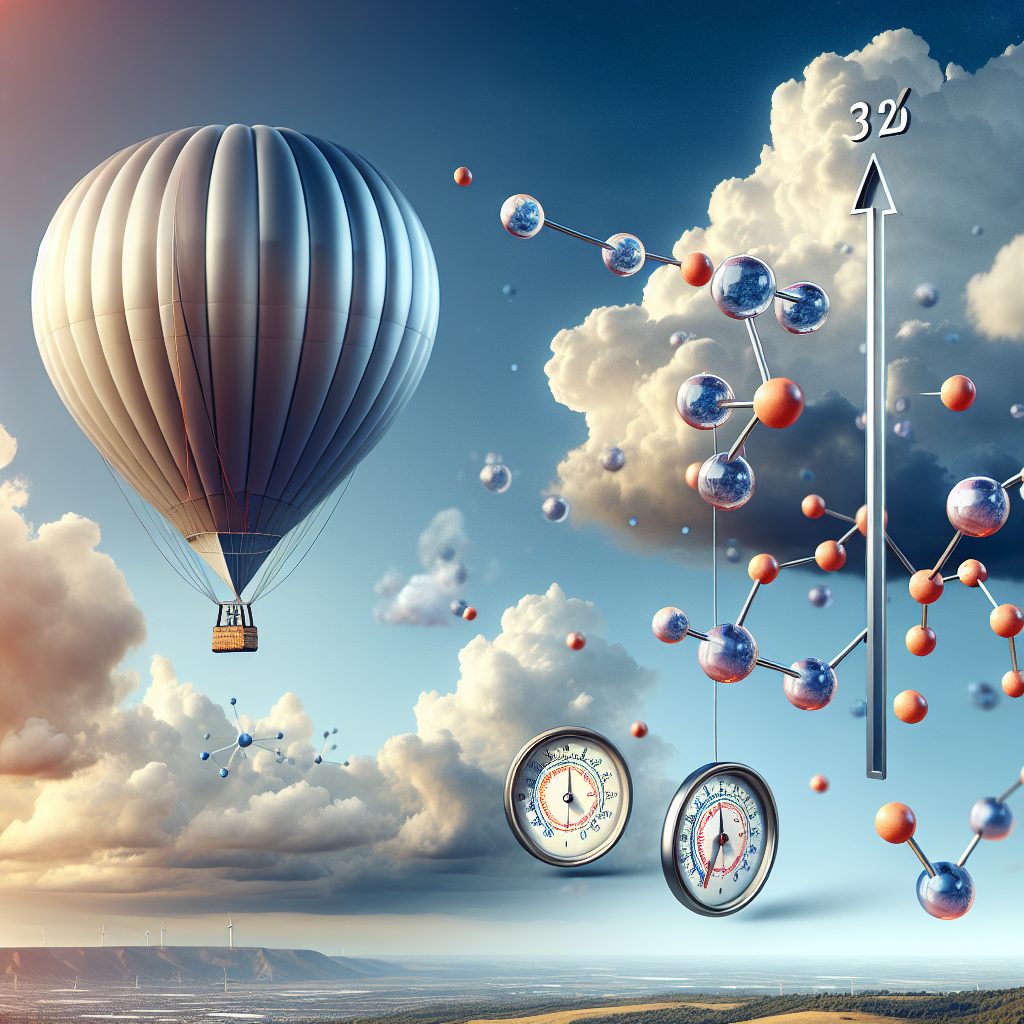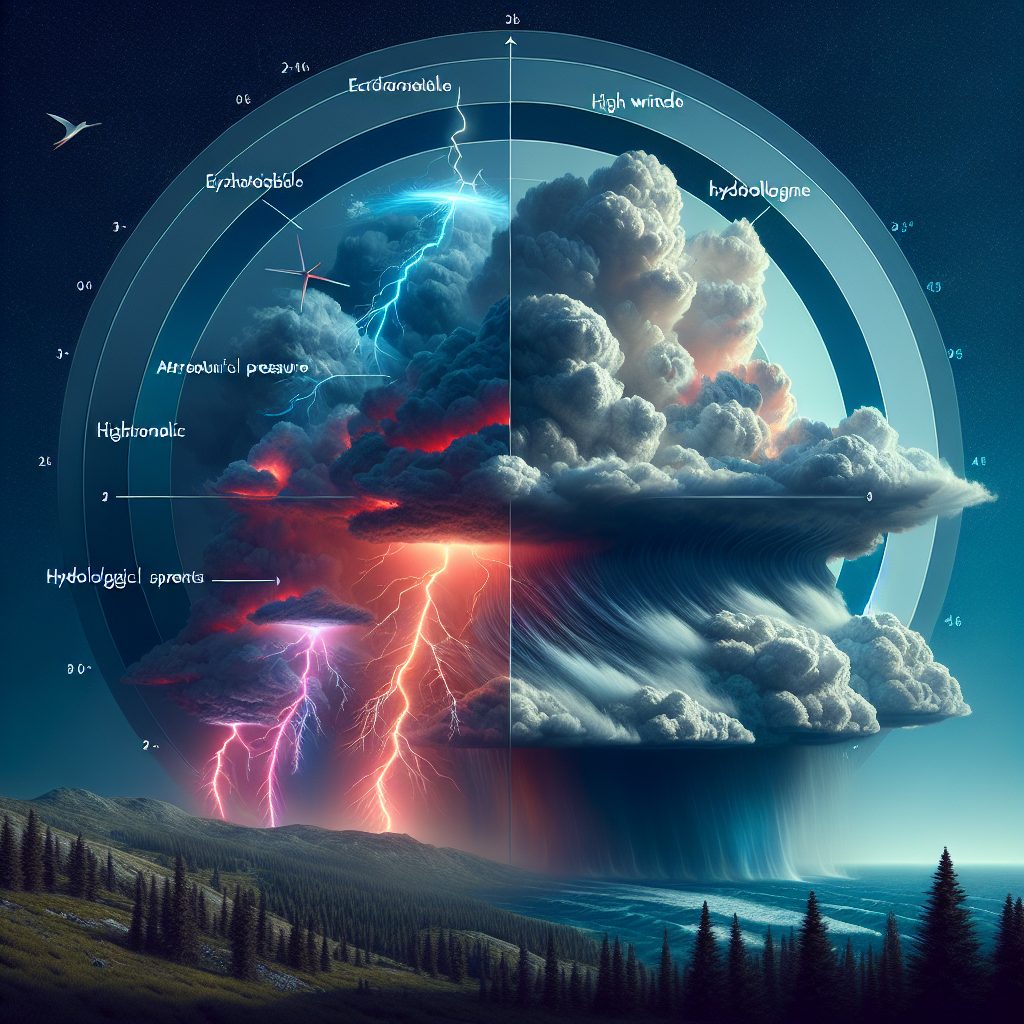Category: Atmospheric Pressure

Discover the Secrets of Atmospheric Pressure Measurement
Atmospheric pressure measurement is crucial part of meteorology, aviation, and other sciences. Atmospheric pressure is typically measured by a device known as a barometer, which is capable of recording the atmospheric pressure regardless of the weather conditions. Barometers use aneroid technology, which relies on a sealed chamber of gas inside…

Unlocking the Secrets of Balloon Flight: The Impact of Atmospheric Pressure
Atmospheric pressure is the force exerted onto the Earth’s surface by the weight of the atmosphere. It is often measured in hectopascals (hPa) and includes the air pressure generated by the heating of air, as well as the weight of the surrounding air molecules. Balloon flight utilizes atmospheric pressure to…

Unlocking the Secrets of Atmospheric Pressure: The Ultimate Weather Forecasting Guide
Atmospheric pressure is an important factor influencing weather and climate, as it governs air density and vertical motions within the atmosphere. Decreasing air pressure is commonly associated with passing low-pressure systems, while high pressure systems are linked with sunny, generally stable weather conditions. It is essentially the weight exerted by…

Unlocking the Secrets of Atmospheric Pressure: Enhance Outdoor Adventures!
Atmospheric pressure is the result of gravity acting upon the air in a particular area. It has been observed that atmospheric pressure is affected mainly by changing air temperature, altitude, latitude, and air density. The fluctuations in the atmospheric pressure create major shifts in weather, resulting in storms, wind, humidity…

Unveiling the Secrets of Atmospheric Pressure in Scuba Diving
Atmospheric pressure, also known as air pressure, is the force applied to a surface by the weight of the air above it. Scuba diving, which stands for self-contained underwater breathing apparatus, is an increasingly popular recreational activity, and understanding atmospheric pressure is essential to successful dives. As deep dives will…

Unveiling the Secrets of Atmospheric Pressure: Impact on Storms
Atmospheric pressure is the force per unit area that is exerted by the weight of air in the Earth’s atmosphere. Pressure is expressed in bars, or units of atmospheric pressure, and is an essential component of weather and climate. Storms occur when atmospheric pressure is able to cause extreme weather…

Breathing Techniques: Unlocking the Power of Atmospheric Pressure
Atmospheric pressure is the measure of force per unit area that is exerted on objects by the weight of air in the atmosphere. It affects everything around us, including our breathing. Atmospheric pressure is greater at sea level than at higher elevations, which affects the amount of oxygen that can…

Conquer Mountains with Atmospheric Pressure: Insider Tips
Atmospheric Pressure is a well-known scientific phenomenon caused by the weight of the atmosphere pressing down on the surface of the Earth. As altitude increases, less air is above and therefore the pressure decreases. This affects mountain climbers due to the concept of barometric pressure, which relates to the atmospheric…

Unlocking the Secrets of Atmospheric Pressure & Circulation
Atmospheric pressure and circulation are two key concepts in meteorology. Atmospheric pressure can simply be defined as the force exerted on a surface by the air above it. It is most often measured in hectors (hPa) or bars (mb), and indicates the amount of air molecules pressing down on a…
